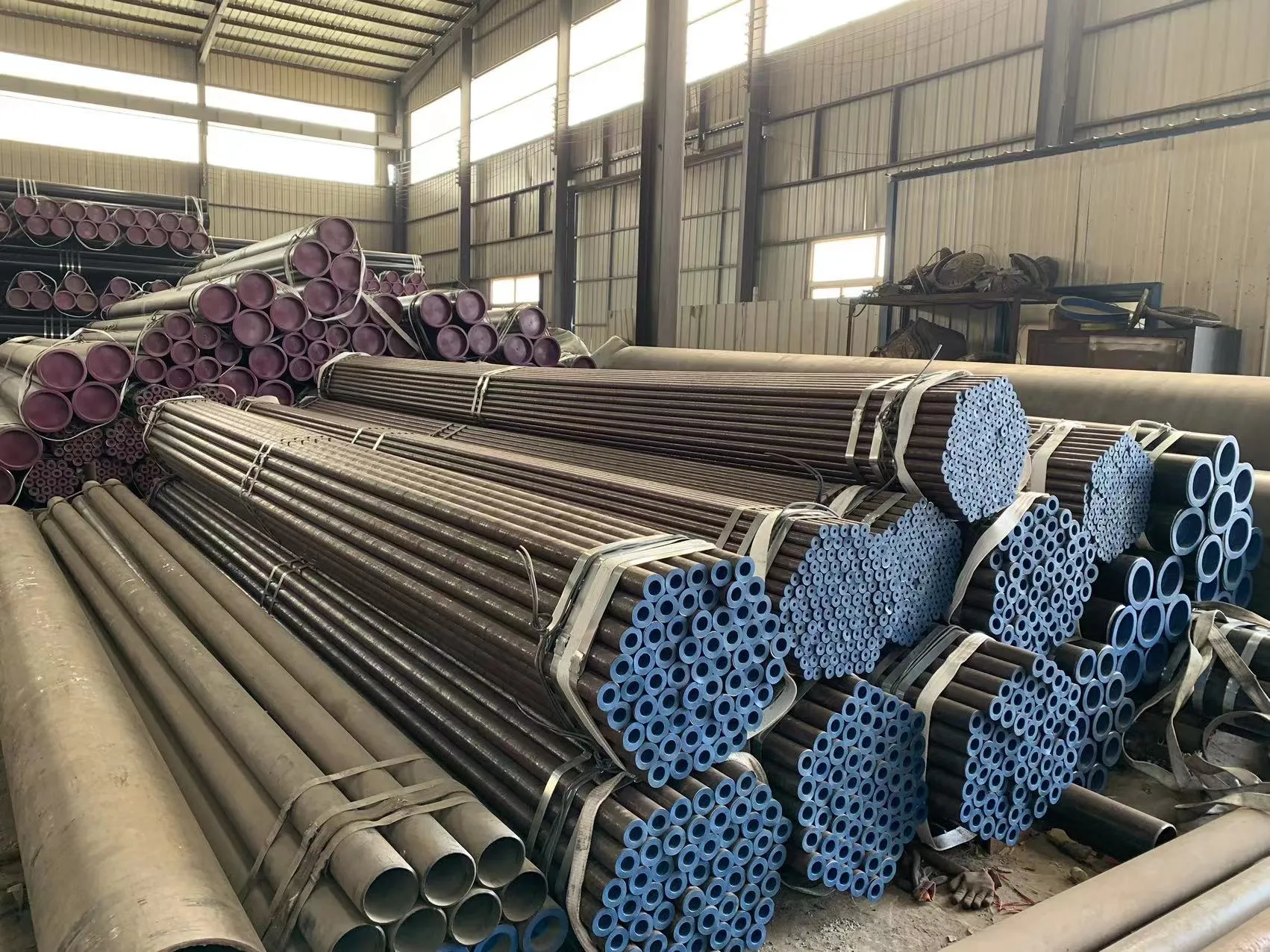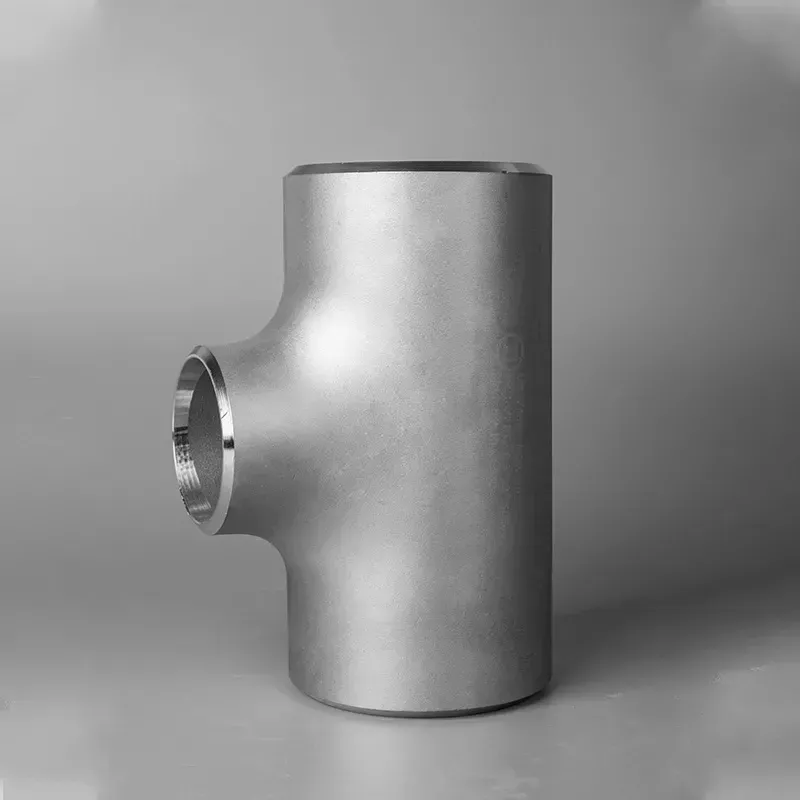-
Cangzhou Yulong Steel Co., Ltd.
-
Phone:
+86 13303177267 -
Email:
admin@ylsteelfittings.com
- English
- Arabic
- Italian
- Spanish
- Portuguese
- German
- kazakh
- Persian
- Greek
- French
- Russian
- Polish
- Thai
- Indonesian
- Vietnamese
- Zulu
- Korean
- Uzbek
- Hindi
- Serbian
- Malay
- Ukrainian
- Gujarati
- Haitian Creole
- hausa
- hawaiian
- Hebrew
- Miao
- Hungarian
- Icelandic
- igbo
- irish
- Japanese
- Javanese
- Kannada
- Khmer
- Rwandese
- Afrikaans
- Albanian
- Amharic
- Armenian
- Azerbaijani
- Basque
- Belarusian
- Bengali
- Bosnian
- Bulgarian
- Catalan
- Cebuano
- China
- China (Taiwan)
- Corsican
- Croatian
- Czech
- Danish
- Esperanto
- Estonian
- Finnish
- Frisian
- Galician
- Georgian
- Kurdish
- Kyrgyz
- Lao
- Latin
- Latvian
- Lithuanian
- Luxembourgish
- Macedonian
- Malgashi
- Malayalam
- Maltese
- Maori
- Marathi
- Mongolian
- Myanmar
- Nepali
- Norwegian
- Norwegian
- Occitan
- Pashto
- Dutch
- Punjabi
- Romanian
- Samoan
- Scottish Gaelic
- Sesotho
- Shona
- Sindhi
- Sinhala
- Slovak
- Slovenian
- Somali
- Sundanese
- Swahili
- Swedish
- Tagalog
- Tajik
- Tamil
- Tatar
- Telugu
- Turkish
- Turkmen
- Urdu
- Uighur
- Welsh
- Bantu
- Yiddish
- Yoruba

Jan . 21, 2025 04:24 Back to list
DIN2527 Blind Flange
EN 10216-2 is a crucial specification for seamless steel tubes, primarily employed in applications where high-temperature service is needed. Understanding the dimensions of EN 10216-2 pipes is essential for engineers and designers in sectors such as power plants, automotive, oil and gas, and chemical industries, where precision engineering, safety, and integrity are non-negotiable.
Given the technical nature of these pipes, purchasing decisions should consider not only the dimensions but also the specific mechanical and chemical properties required for the application. Verification against EN 10216-2 standards is essential, and pipes should ideally be accompanied by a manufacturer's test certificate that confirms compliance with dimensional and material specifications. The quality control in manufacturing EN 10216-2 pipes is rigorous. Each batch undergoes non-destructive testing (NDT), dimensional inspection, mechanical testing, and chemical analysis to ensure they can withstand the operational challenges. NDT methods such as ultrasonic testing are frequently employed to detect internal flaws, while dimension checks ensure consistency with specified tolerances. Ultimately, leveraging the correct dimensions and materials for EN 10216-2 pipes contributes significantly to the efficiency, safety, and longevity of the projects they are used in. Companies supplying these pipes play a key role in guiding selection based on application requirements, offering expert insights derived from years of experience and technical expertise. For project managers and engineers, an extensive understanding of the EN 10216-2 standard, and attentiveness to pipe dimensions and properties, is instrumental. It assures the seamless integration of these critical components into larger systems, fulfilling both functional and regulatory obligations. By choosing the right dimensions, backed by expert recommendations and stringent compliance, industries can achieve optimal performance and reliability in their high-temperature operations.


Given the technical nature of these pipes, purchasing decisions should consider not only the dimensions but also the specific mechanical and chemical properties required for the application. Verification against EN 10216-2 standards is essential, and pipes should ideally be accompanied by a manufacturer's test certificate that confirms compliance with dimensional and material specifications. The quality control in manufacturing EN 10216-2 pipes is rigorous. Each batch undergoes non-destructive testing (NDT), dimensional inspection, mechanical testing, and chemical analysis to ensure they can withstand the operational challenges. NDT methods such as ultrasonic testing are frequently employed to detect internal flaws, while dimension checks ensure consistency with specified tolerances. Ultimately, leveraging the correct dimensions and materials for EN 10216-2 pipes contributes significantly to the efficiency, safety, and longevity of the projects they are used in. Companies supplying these pipes play a key role in guiding selection based on application requirements, offering expert insights derived from years of experience and technical expertise. For project managers and engineers, an extensive understanding of the EN 10216-2 standard, and attentiveness to pipe dimensions and properties, is instrumental. It assures the seamless integration of these critical components into larger systems, fulfilling both functional and regulatory obligations. By choosing the right dimensions, backed by expert recommendations and stringent compliance, industries can achieve optimal performance and reliability in their high-temperature operations.
Next:
Latest news
-
ANSI 150P SS304 SO FLANGE
NewsFeb.14,2025
-
ASTM A333GR6 STEEL PIPE
NewsJan.20,2025
-
ANSI B16.5 WELDING NECK FLANGE
NewsJan.15,2026
-
ANSI B16.5 SLIP-ON FLANGE
NewsApr.19,2024
-
SABS 1123 FLANGE
NewsJan.15,2025
-
DIN86044 PLATE FLANGE
NewsApr.19,2024
-
DIN2527 BLIND FLANGE
NewsApr.12,2024
-
JIS B2311 Butt-Welding Fittings LR/SR 45°/90° /180°Seamless/Weld
NewsApr.23,2024











